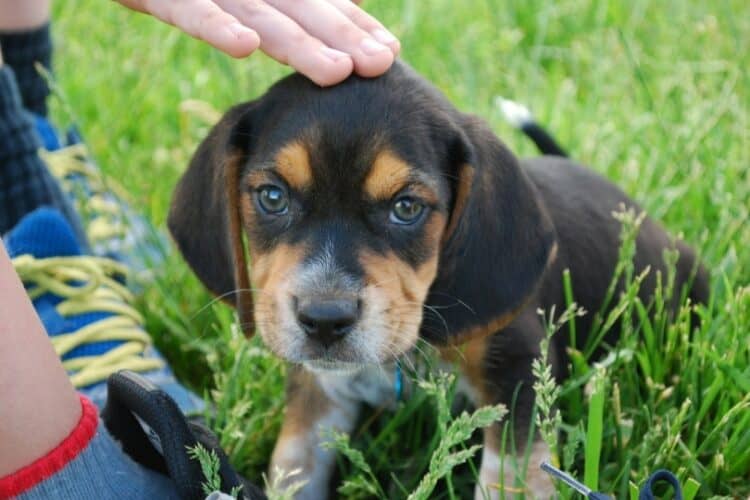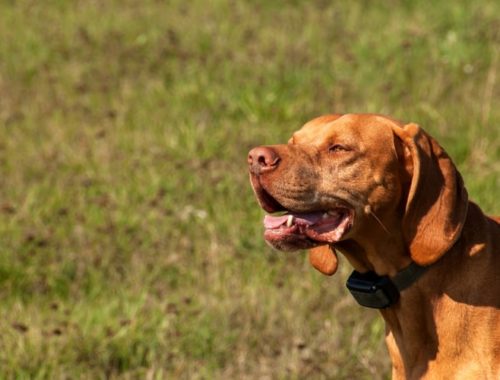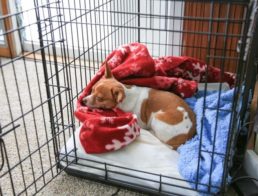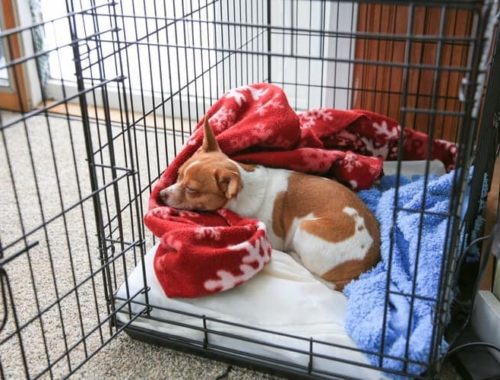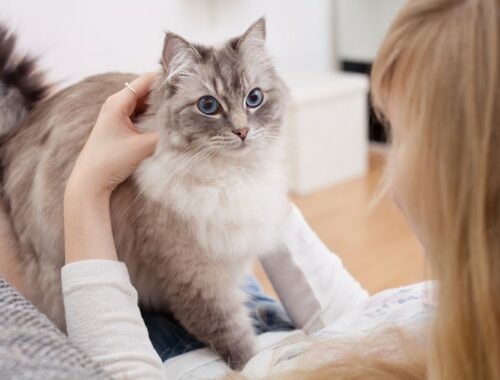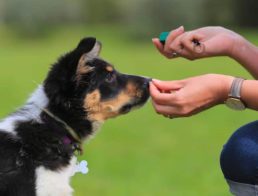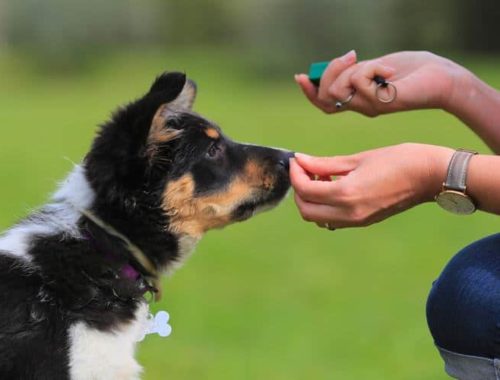Beagles. Adorable, low-maintenance and good-natured—beagles are small-ish dogs with a sense of humor. They’re great with kids, can live in an apartment, and you don’t need to groom them. It’s easy to see why beagles are an in-demand breed. But, it’s not all cuddles and rainbows. Beagles, especially beagle puppies have a reputation for being difficult dogs to train.
But training a new beagle pup doesn’t have to be a headache. We’ve created this article to help make training your pet easier. We’ll cover why Beagles can be hard to train and then get into the seven simple steps to training your beagle puppy:
- Designate areas for food, water, and bathroom
- Teach Your Dog Simple Word-Based Commands
- Make Sure Your Dog is Getting Enough Exercise
- Establish a Feeding Schedule
- Introduce crate training
- Start housebreaking
- Consistency is Key
Why Are Beagles Hard to Train?
A few factors contribute to the Beagle’s obedience problem; one is the Beagle’s natural stubbornness. Beagles are an independent and stubborn breed; this makes many popular training methods counter-productive. Some techniques will cause the Beagle to ignore the training out of pure stubbornness.
The most difficult part about training a Beagle is their natural curiosity; this inquisitiveness is only worsened by the beagle’s excellent sense of smell. All breeds have a great sense of smell, but the Beagle is a special case. Beagles have one of, if not the best, noses out of all dogs.
The Beagle follows interesting smells, which causes a problem while training them. The Beagle’s natural curiosity and ability to catch every interesting smell make them easily distracted. This short attention span makes training very difficult since your Beagle might wander off.
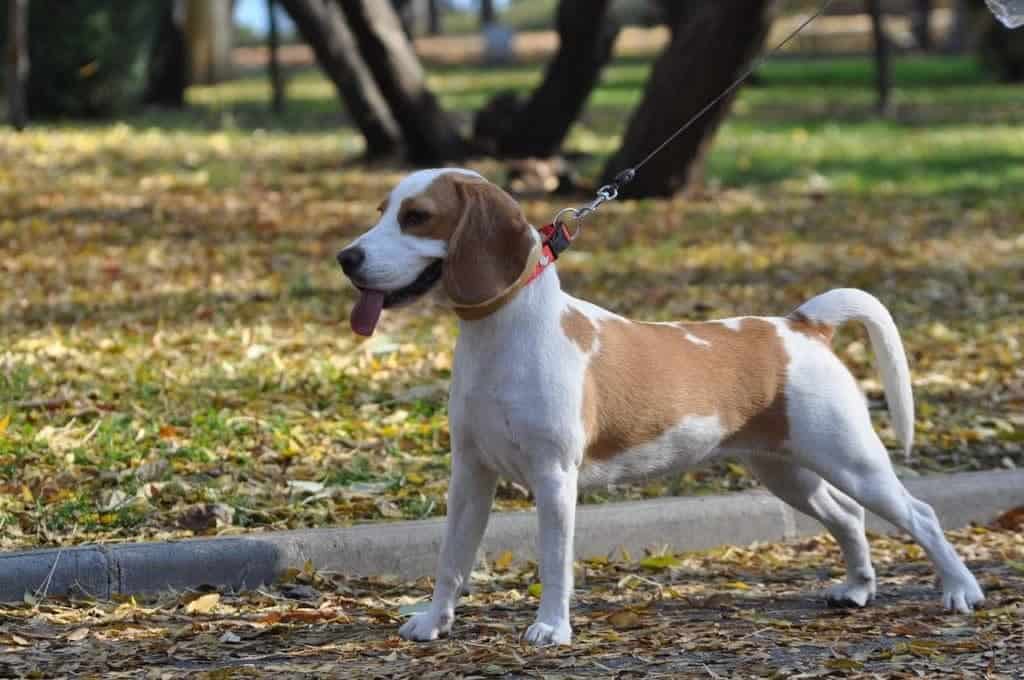
The 7 Simple Steps to Training a Beagle:
1. Designated Areas for food, water, and bathroom
First things first, the dog needs a designated space to eat, sleep, and do their business. This could be a room, a cordoned off area in your kitchen or an enclosed pen.
House training a beagle puppy is a big job—and setting designated zones from the get-go means your puppy will learn to respect which areas they can sniff around without abandon, and which are off limits.
Beagles are naturally curious animals and will follow their nose to all ends of the house—rambunctious critters that while sweet and well-intentioned aren’t exactly going to know boundaries unless you set them.
Make things easier by setting up dog gates—such as the ones in our Best Dog Gates article—or dog playpens, that way you’ll minimize the chances of finding chewed shoes, unstuffed furniture and dreaded pee stains throughout your home.
2. Teach Your Dog Simple Word-Based Commands
Word-based commands are a dog owner’s other best friend, but the process of teaching your dog the ins and outs of a new language is pretty daunting.
Initially, you need to understand that the dog has no point of reference as to what “sit,” “stay,” “come,” “fetch,” and most importantly, “no,” actually mean. So, keep things simple at first.
Some tricks of the trade:
- Pick Your Training Zone
You’ll need to train the beagle to obey commands both indoors and out, but it’s a good idea to kick things off inside, as there are fewer distractions.
When the dog starts to get the hang of things, take the training outside, this is where you’ll get to see those new skills in action—at the park with other dogs, on the street, and wherever else you take your little pup.
- No Means No, Good Means Keep it Up
The most important words you can teach your beagle are “no” which means stop what you’re doing and “good” which reinforces good behavior. Use the appropriate tone and keep language consistent and the dog will learn what’s expected of them in no time.
Beagles, like most dogs, are motivated by both praise and treats. Stock up on healthy snacks and lavish on the “such a good boy/girls” when they do something right.
- Short and Sweet
Beagle puppies aren’t known for their long attention spans and keen focus. Keep your training sessions short and positive, and stop on a high note before the dog gets bored and loses interest.
Change up the training sessions and work on a different skill each day. For example, take 10 minutes to work on “fetch” on Monday, then another 10 for a master class on “heal.”
- Don’t Train on a Full Tummy
The ideal time for training is between meals when your dog is starting to get hungry. Training on a full tummy means you won’t have as much leverage using treats.
- Don’t Underestimate the Power of Fetch
Try teaching the dog to fetch early on, too. Why? Well, beagles have an innate desire to explore and fetching an object plays into this—Beagle Pro goes into the benefits of teaching fetch first—noting that the game allows the dog to be open for more commands down the road.
3. Make Sure Your Dog is Getting Enough Exercise
You should plan on spending at least an hour playing with your beagle and going on walks. Getting enough exercise stimulates the brain and helps curb any misbehavior.
Walking stretches the muscles and improves strength and functions as a release for a puppy’s natural energy. That said, if you’re walking a puppy, stick to a brisk walk or a light jog—they may have trouble keeping up for those first few months.
4. Establish a Feeding Schedule
Routine is huge when it comes to teaching your dog the rules of the household. And this extends to meal time too.
Puppies require a few small meals throughout the day–talk to your vet to establish a feeding schedule and stick with it. The benefit here is, it will be easier to predict when the dog needs to go to the bathroom.
5. Introduce Crate Training
At 2-3 Months, Consider Crate Training. Crate training has long been thought of as cruel or controversial, but the truth is, it’s far from cruel. In fact, crate trained dogs may experience a reduction in separation anxiety while you sleep or go to work.
And if you’re not sold? Take this: a dog may be perfectly fine relieving themselves on your decorative area rug, but won’t soil their own bed. For a deeper dive, the American Kennel Club has some good advice on the merits of crate training.
6. Start Housebreaking
There are some pretty obvious signs your beagle puppy needs to go to the bathroom. This could mean your pup is sniffing around or walking in circles.
When you’re home, take the dog outside every hour or two and show him the designated potty zone. Wait a couple of minutes and take him inside if he doesn’t need to go. Repeat the process a little later. When the dog does go to the bathroom, enthusiastically offer treats and all.
For more actionable potty training basics, The Nest has compiled a list of actionable items to get your beagle housebroken in no time.
7. Consistency is Key
Though beagles have that trouble-maker reputation, they’re not as hard to train as one might think. The key in all this is consistency. This means making sure you reinforce the “moves” taught in your beagle training sessions. It also means feeding, walking, and trying to use the bathroom at the same time.
And look, if beagles can make the leap from the field to the urban apartment, they can handle basic housebreaking.
If you have other dogs at home, that aren’t beagles and also need training, make sure to check out our other pet training articles.
The History of the Beagle
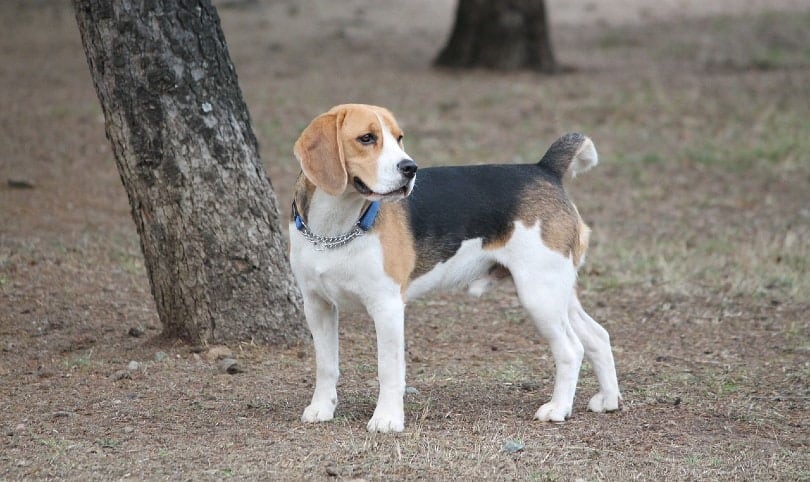
The Beagle’s history traces back all the way to 5th century Greece. The Beagle’s ancestors lived in Ancient Greece as hunting dogs. In the 8th century, a hunting dog called the St. Hubert Hound was popular in Europe. From this breed came the Talbot Hound. The Talbot Hound would’ve been the perfect hunting dog were it not for one problem; the Talbot Hound was a slow runner.
In the 11th century, Talbot Hounds were brought to England during William the Conqueror’s invasion. Once the war was over, and everything had settled, Talbot Hounds were bred with Greyhounds. This was done to create Talbot Hounds with better speed. The result of this breeding was called the Southern Hound.
In 1830, Reverend Phillip Honeywood established a breeding program that included the Southern Hound and the North Country Beagle. Since no records were kept, we don’t know which breeds were used in the program. This program formed the basis for the modern-day Beagle and resulted in the Honeywood Beagle.
In 1890, The Beagle Club was formed. By this point, the modern Beagle had begun to develop, and the differences between the Southern Hound and the North Country Beagle were nonexistent. The Beagle Club wrote the first standard for the Beagle. The dogs were still used for hunting and were very rarely only companions.
Over time, the Beagle has become more than just a hunting dog; now, the Beagle is a wonderful family pet. The Beagle’s past instincts, however, remain in the modern dog. The dog’s need for a great sense of smell and natural inquisitiveness remains, and its independence and stubborn nature haven’t left it either.
Final Thoughts
Training your Beagle will be a challenge, but it is possible. With dedication and hard work, you can prepare your Beagle to be the best it can be. Your loyal Beagle can become the perfect companion despite its short attention span, curiousness, and sharp nose.
Featured Image Credit: michelle1480, Pixabay


